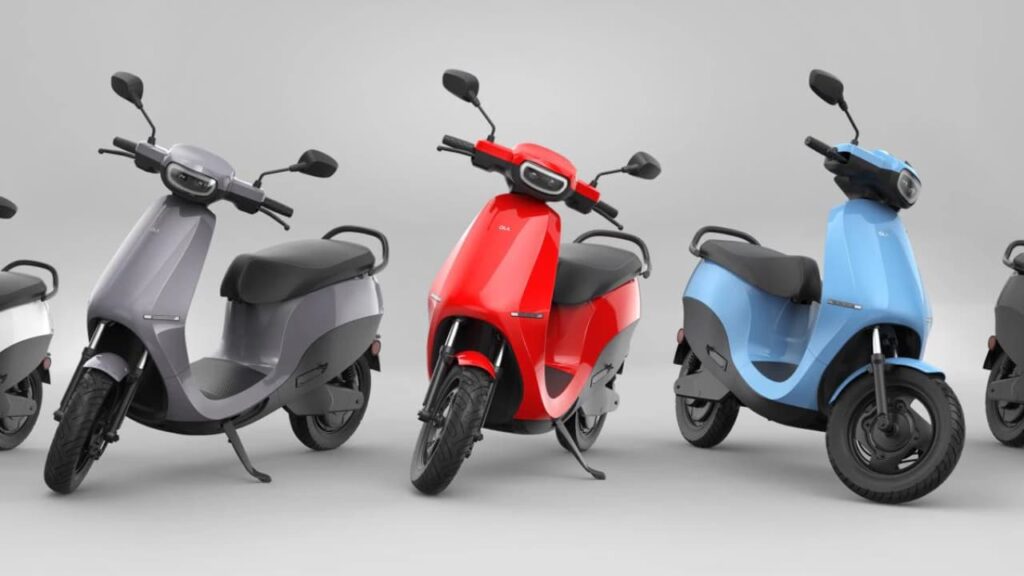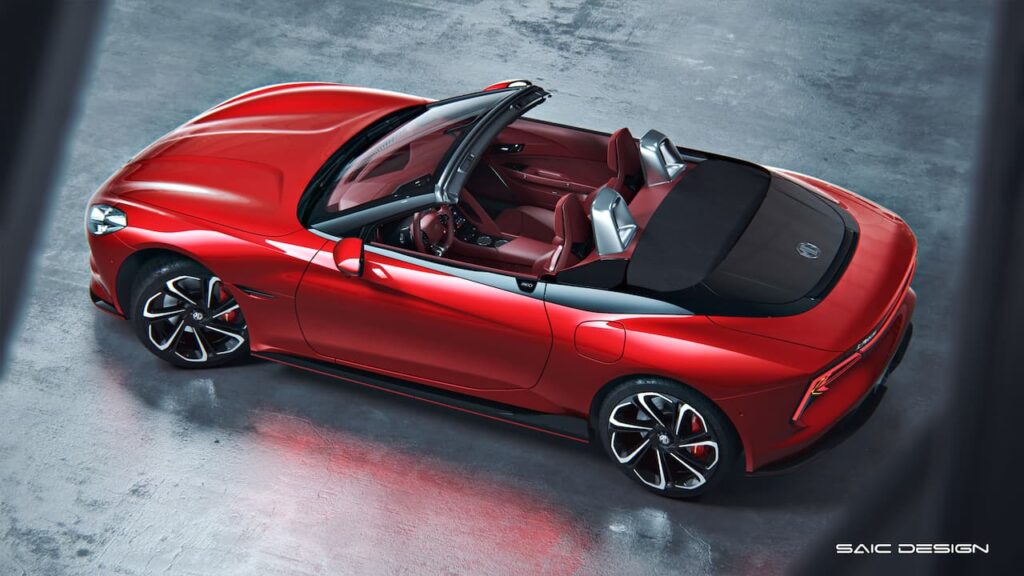The Indian government proposed a new EV policy to revolutionize electric vehicle manufacturing
The central government has proposed a new scheme to promote electric vehicles in the country and be part of India’s electric revolution. Ministry of Heavy Industries launched the new Electric Vehicle Subsidy Scheme and focuses on the rapid adoption of EVs in both the manufacturing and retail sectors. The new EV policy competes with the rising fuel prices and risks of climate change, pushing more on electrifying India.
The government’s new EV policy will be implemented for only 4 months. e.e from April to July where it will focus more on the adoption of EVs and making them in the country. Heavy Industries Minister, Mahendra Nath Pandey inaugurated this new scheme for the country’s growing EV revolution. He also emphasised this new initiative by the government is a result of the enormous positive feedback, the first and second phases of the scheme had turned out for the country.
What is exactly the new Electric Vehicle Subsidy Scheme?

Under the Electric Vehicle Subsidy Scheme, the Indian government will provide a subsidy of Rs. 10,000 on the purchase of each two-wheeler vehicle. It also aims to provide subsidies to approximately 3.3 lakh two-wheeler electric vehicles purchased in four months. Additionally, on the purchase of three-wheeler vehicles such as e-rickshaws or e-carts, the government will provide a subsidy of Rs. 25,000. The main objective of this initiative is to provide subsidies to over 45,000 small three-wheeler vehicles in the country. Both two-wheeler and three-wheeler vehicle buyers will benefit from this scheme.
The government will provide a discount of Rs. 50,000 for those who are purchasing larger three-wheeler vehicles. It will be implemented for four months, from April to May and if it succeded, the government may introduce new schemes in the future to benefit both manufacturers and buyers. for this EV push, The Indian government has allocated approximately Rs. 11,500 crore for this scheme, aiming for more people to adopt EVs, especially in the working class of India.
What’s the current status of the policy?
A Memorandum of Understanding (MOU) has been signed between the Ministry of Heavy Industries and the Chief Minister of Uttarakhand along with several senior officials of Uttarakhand in the presence of IIT Roorkee. The main objective of this collaboration with IIT Roorkee is to promote innovation in the automotive and EV sectors in both design and engineering. As of now, no state has discussed the subsidies for electric cars and buses.
India saw more EV push in 2023 than in the previous decade

According to the information provided by the government, approximately 2,70,000 electric vehicles were sold under the Fame 1 subsidy scheme, for which the government has provided subsidies worth Rs. 343 Crore. Then the Indian government made a budget of Rs. 10,000 Crore for the Fame 2 subsidy which was later increased to Rs. 11,500 Crore. Fame 2 has seen an approximately 45% increase in the sales rate of EVs in India. By the year 2023, India saw 15 lakh EV registrations. In the second phase of the Fame subsidy, Rs. 7,048 Crore have been allocated for two-wheelers and three-wheelers, for which Rs. 4,008 Crore is for capital investment and Rs. 400 Crore is for other categories.
Also read: 2025 Jeep Wagoneer S Showcased via New Teaser Images, Launch Soon


1 thought on “India’s New EV Policy Pushes for More Made-in-India Electric Vehicles”